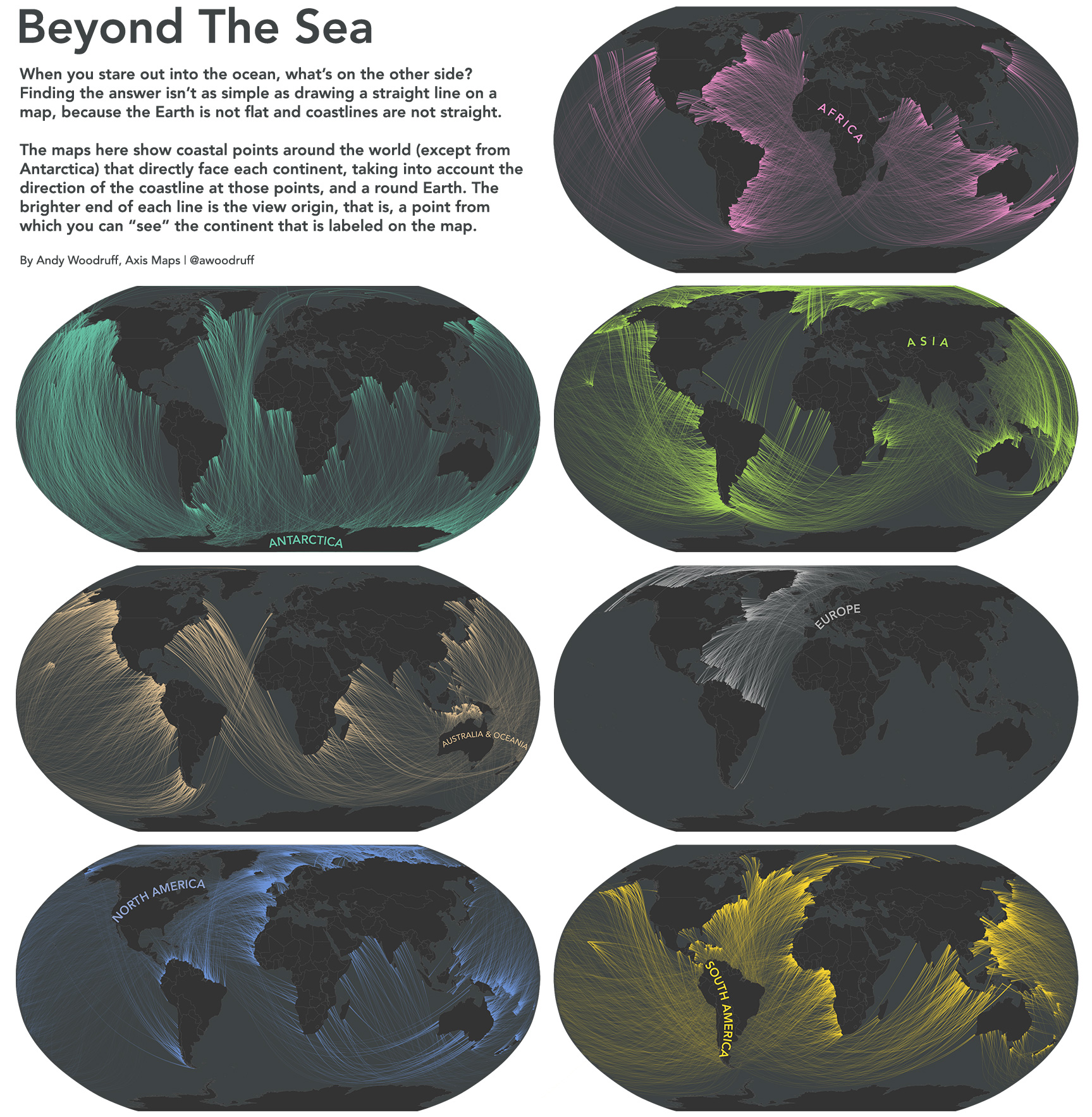*folds world map in half
*sticks pencil throughI honestly believe that sometimes, my genius, it generates gravity.
You youngsters with your Einstein Rosen-bridges! Always in too much of a hurry to take the scenic route!
deleted by creator
HYPERSPACE
Low IQ: it’s not a straight line
Medium IQ: it’s a geodesic on a sphere, so it is a straight line
High IQ: it’s not a straight line

He’s right, you know.
About the line?
About everything, damn it!
It’s a straight line through non-euclidean space
unfortunately in reality it is a curved line on a sphere
In actual reality there would be wind and water currents diverting any ship sailing that route from the depicted “line” anyway so the whole argument is pointless
The only straight line paths in the universe are followed by electrostatically uncharged non-accelerating objects in free fall in a vacuum. Or massless particles.
What if we assume the ship is actually a spherical cow
Nuh uh. My fifth grade math teacher told me that if I drew a line with an arrow on graph paper and no other line intersected it, that it would continue on into infinity!
Ridiculous. This line is clearly gay.
This is bi erasure.
Not even 10 am and I’m being erased.
Never thought I’d get to use “bisectional” outside of JD Vance jokes
Saying that it’s bi erasure is gay erasure.

We claimed it is erasure first, and now here’s our flag.
Hey, you even have the eraser right there is the middle! I suppose that makes it convenient?
I really do love convenience!
It’s bi sectional.
This whole map is woke.
It can get longer if sailing between Madagascar and the rest of Africa but Pakistan-Russia does not have the same ring to it, I guess.


That’s not a straight line, although it is possible to follow without changing direction😊
I KNOW IT’S BASICALLY A CIRCLE IN 3D SPACE. There is an exact amount of pedantry at play here, and you’re going over.
But following the surface of a sphere causes you to constantly change direction
deleted by creator
Would straight plane be as understandable?
Correct! Technically :P
Your dad and I think you should start looking for a job.
I can’t legally work in my country I’m not old enough
But still, don’t you hunger for the mines?
Fuck it
Eats the mines
Toiling in the meme mines.
Edit: I have just finished reading The Neverending Story and this reminds me of the last part where Bastian works in the picture mines until he finds the right picture.
How can any line that is on the surface of a sphere by straight rather than a curve?
Haa, here people, we found a flat earth denier…
Earth is a lie.
GET THE ROUNDIE!
it’s a bit of a “spirit of the law vs letter of the law” kind of thing.
technically speaking, you can’t have a straight line on a sphere. but, a very important property of straight lines is that they serve as the shortest paths between two points. (i.e., the shortest path between
AandBis given by the line fromAtoB.) while it doesn’t make sense to talk about “straight lines” on a sphere, it does make sense to talk about “shortest paths” on a sphere, and that’s the “spirit of the law” approach.the “shortest paths” are called geodesics, and on the sphere, these correspond to the largest circles that can be drawn on the surface of the sphere. (e.g., the equator is a geodesic.)
i’m not really sure if the line in question is a geodesic, though
You are absolutely correct, but to add on to that even more:
When we talk about space, we usually think about 3D euclidean space. That means that straight lines are the shortest way between two points, parallel lines stay the same distance forever, and a whole bunch of other nice features.
Another way of thinking about objects like the earth is to think of them as 2D spherical manifolds. That means we concern ourself only to the surface of the earth, with no concept of going below the surface or flying up into the sky. In S2 (that’s what you call a 2D spherical manifold), and in spherical geometry in general, parallel straight lines will eventually cross, and further on loop back and form a closed loop. Sounds weird, right? Well, we do it all the time. Look at lines of Longitude, for example.
We call the shortest line connecting two points in curved manifolds geodesics, as you said, and for all intents and purposes, they are straight. Remember, there is no concept of leaving the sphere, these two coordinates is all there is.
What one can do, if one wants to, is embed any manifold into a higher-dimensional euclidean one. Geodesics in the embedded manifold are usually not straight in higher-dimensional euclidean space. Geodesics on a sphere, for example, look like great circles in 3D.
Stop making up bullshit to justify it. It’s not a straight line so don’t say that it is. Words have meaning.
What is the slope of a straight line, a linear function? Now what is the slope of a nonlinear function, aka a curved line?
A geodesic would only be accurately labeled a “straight line” IF it was on a plane. On a curved or uneven surface it’s a nonlinear function.
Yup, found the round earther.
Today on the internet: Fun with spherical geometry.
Globists will argue that on a globe this is a straight line. Seen these arguments before, don’t work on me
Nice. Be proud.
Dunno what of, but be proud anyway!
Thanks! I’m very proud of seeing the truth. Watch this short video and you will being to understand. But watch it to the end, it’s short enough
The ending really brings the whole video together. Thanks for sharing!
You’ve made a believer of me.
I’ve seen that video a hundred times and it never fails to disappoint
You know, I’d never actually thought of it that way. Very informative video for it’s short length. Thank you for sharing.
One of the most compelling arguments I’ve heard. I must say I was a skeptic before but this really opened my eyes
Don’t know about other clients, but vger shows a thumbnail of the video
Better?
Got error: “Sign in to confirm that you’re not a bot”
Hmm, really makes you think…
This reminds me of some maps by Andy Woodruff.
They weren’t made to find long lines, and picking out a single line can be a tad difficult, but it’s very interesting nonetheless.

Well there’s the one guy in Northern India who gets a peek at South America from between Madagascar and the African continent.
South America’s reach is incredible, compared to size that is
And it’s mystery is exceeded only by it’s power.
Every line is a straight line in one dimension
Line that is straight in two dimensions.
deleted by creator
There was a conversation I read a while ago that showed how a sailboat could travel a straight line over water from Halifax, Nova Scotia in Canada, travel southeast and end up on the west coast of British Columbia.
Basically sailing from the east coast of Canada to the west coast of Canada in a straight line.
The line was published by David Cooke in this YouTube video. It lies on a plane but is not quite a great circle (in practice, you’d be turning slightly) and good luck sailing over the Antarctic ice shelfs this decade.
Would clarifying words have helped? “If you only sailed with forward force…” or “Following along the surface of the earth…” or… what?
Obviously they mean that you don’t need to make any turns and that straight means an arc around the earth and not through the Earth, unless someone has a very different idea what sailing means…
Yes I think they mean it’s a continuous line, not a “straight” line. As in the line is uninterrupted (continuous). It’s also possible they mean the line qualifies as a nonlinear function since it also doesn’t double back over itself (A function is a relationship where each input value (X) will create only one output value (Y)).
Math is hard. Describing lines like this is math - calculus actually due to the curve, and actually not just basic calculus but vector calculus because it involves an x,y, and z axis. Most laypeople will struggle to describe a line with the correct jargon.
I feel like this is related to the can’t measure the coast’ thing.
Like if you zoom in enough you are always traveling in a straight line.
You just discovered the field of calculus! If you look closely enough at any smooth function it looks locally linear, and the slope of that linear function is it’s derivative
Not quite what’s happening here, here the problem is if you consider geodesics on a sphere to be straight. In special geometry they are, for all intents and purposes, but in higher euclidian geometry they form large circles
I don’t know… straight, I would assume, means that I could walk or drive a vehicle and not turn at all, ignoring any external influences like waves and currents in this case.
But your vehicle would itself “curve” “downwards” due to gravity, surely a straight line means that you can point a laser, or a hypothetical 0 mass particle beam, uninterrupted from your starting point to your destination.
Depends on your frame of reference. When traversing the surface of a globe, your described concept of a straight line isn’t intuitive.
in ur every day life if u travel in a car without changing direction would u say that u went in a straight line or in an arc. Clearly u are just trying to be a pedantic cunt for no reason.
It’s more that 2d projections of 3d objects are wonky and unintuitive.
deleted by creator
Because going in that route would make it touch land which in the twitter post it says straight line without touching land
I’ve always thought Australia was a trouble maker.
deleted by creator
Alaska, Canada, Russia, a few on the -stans.
This is the longest straight-line all-water route on earth.
India. You would have to set off somewhat perpendicular to the Indian coastline to be perfectly straight.
For some reason I don’t think this is true.
A straight line connecting two things does not necessarily have to connect to said things perpendicular to their border.
Not to mention, India’s coastline is very much not straight on a local scale. You’re bound to find a place where it turns perpendicular to the journey close to the theoretical starting point anyway.
Yeah but, I’m talking about this particular case, not making a mathematical rule. You have to move away from the coast, and then cannot turn, so you have to head towards Africa. You can’t set off toward Australia. Although I hadn’t considered that you can just move the starting point. So, there’s that.
The picture was about sailing the longest direct line.
It’s not the longest anyway, but that’s what it was about. Technically one could sail infinitely many times around Antarctica in a straight line.
around Antarctica in a straight line
No, that’s not Earth’s great circle, you’ll be turning slightly. It only seems straight on most map projections because they want latitudes to be horizontal.
Well, I stand corrected. I guess we’ll need to wait for the ice on the North pole to melt before we can make a more stupid voyage.
It would, however, seem like a straight line to whoever was on the boat, because they’d be traveling due west the whole time, and the course corrections they’d have to make to keep going west would look the same as course corrections needed to account for wind, ocean currents, etc.
I know but you need to be the right amount of pedantic. Too little and any sufficiently large curve seems straight, too much and you point out that there is no straight line on the surface of a sphere.






















